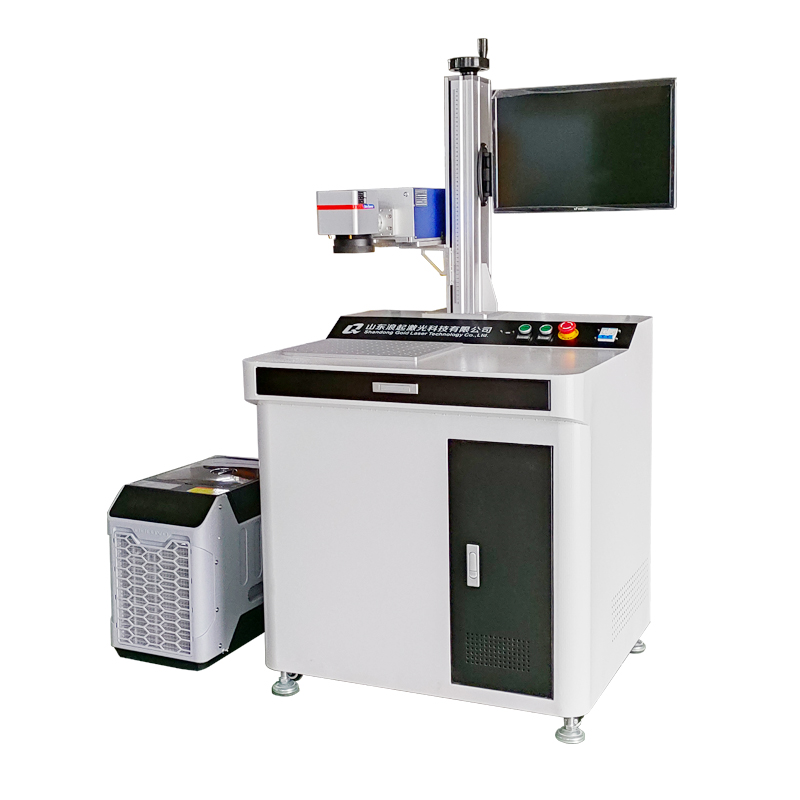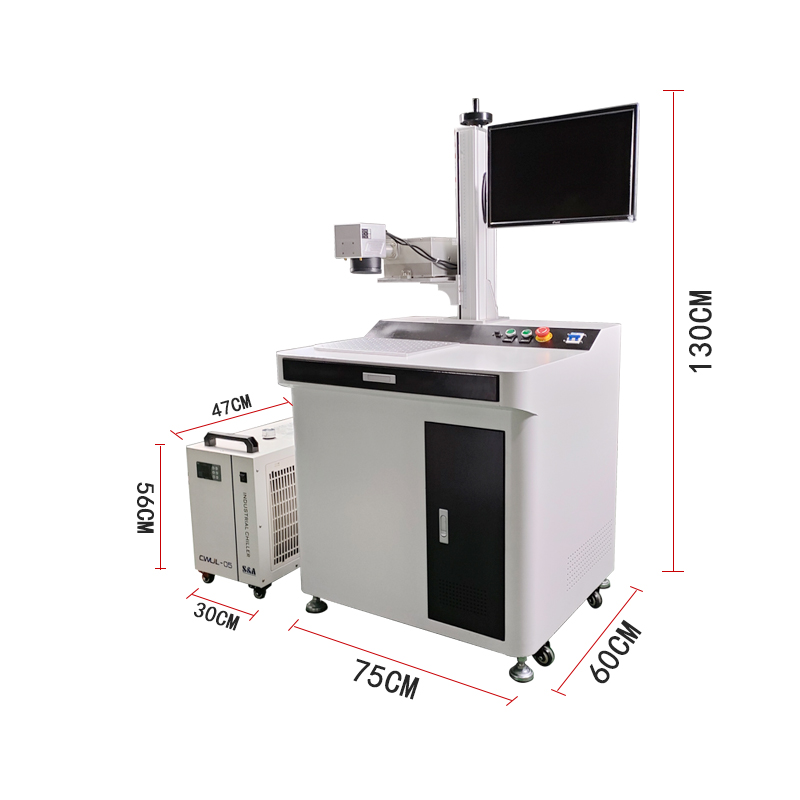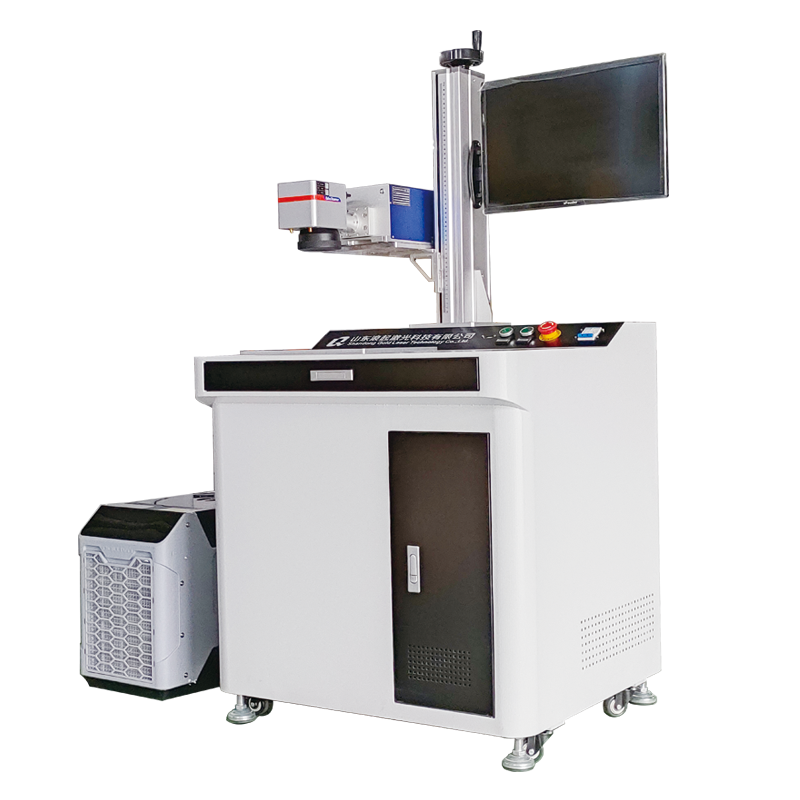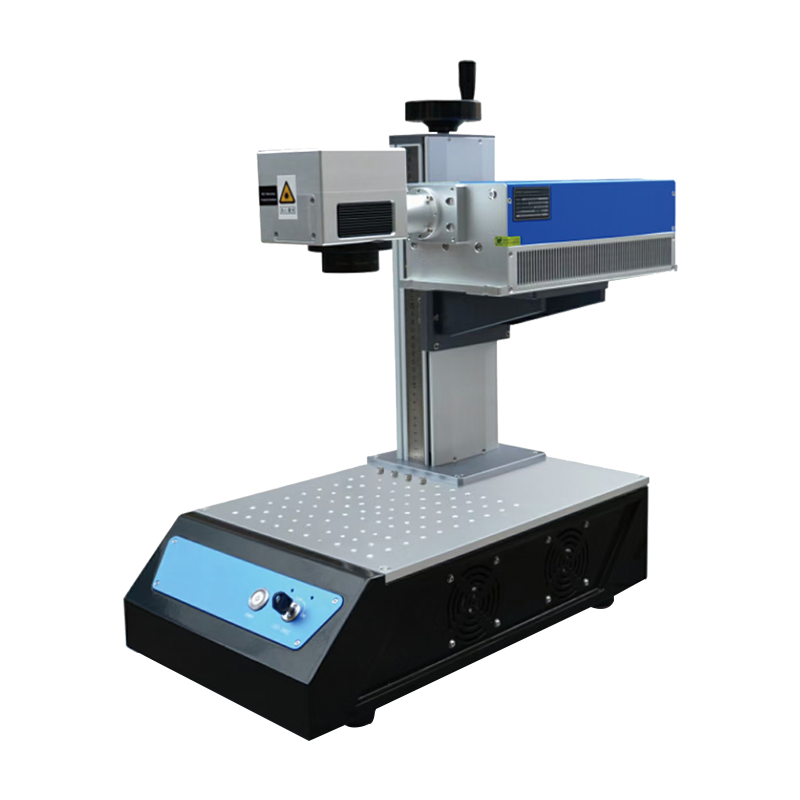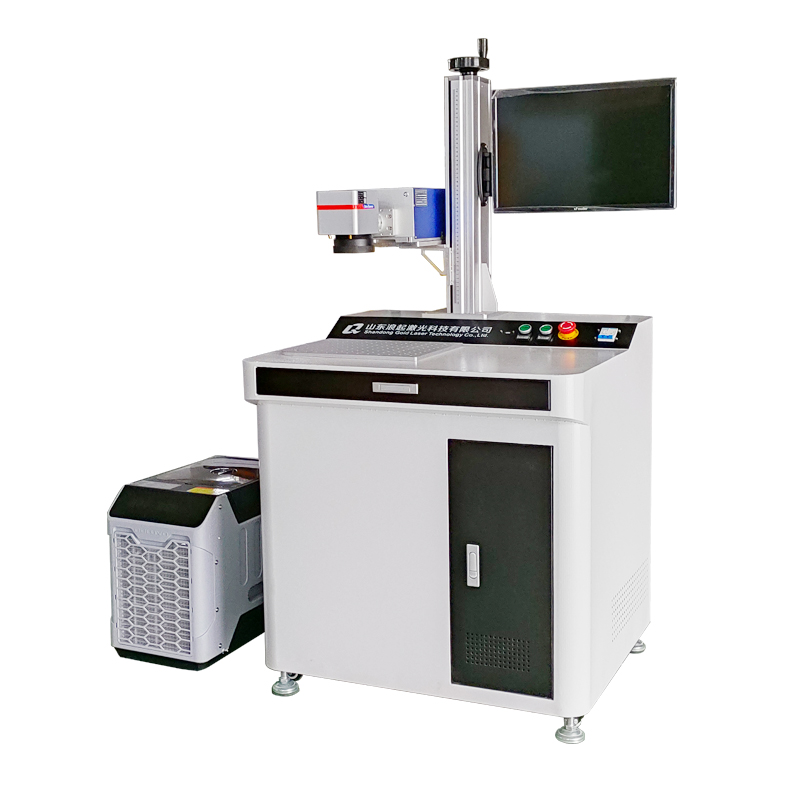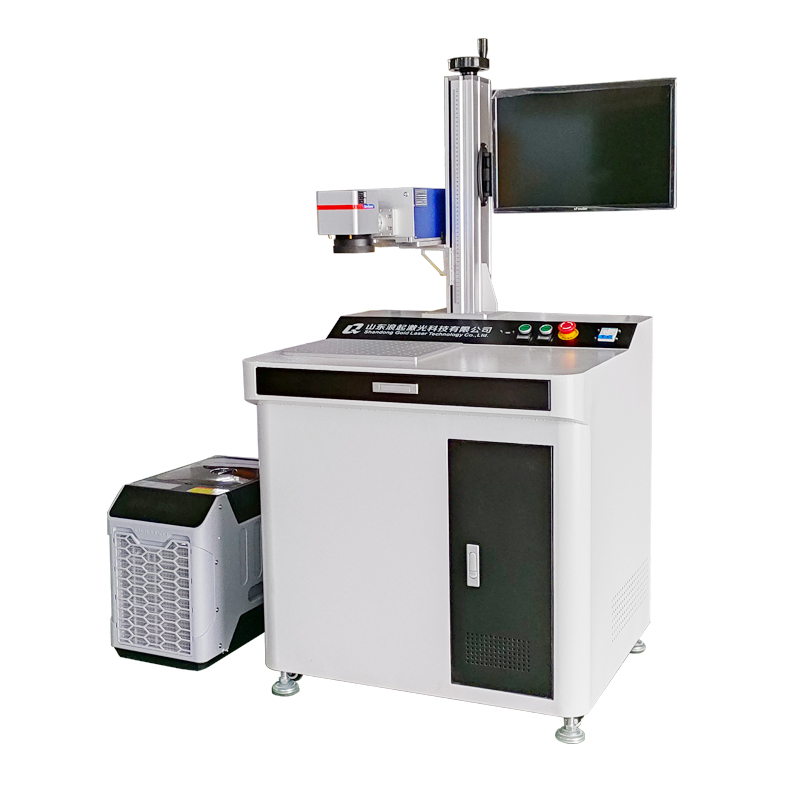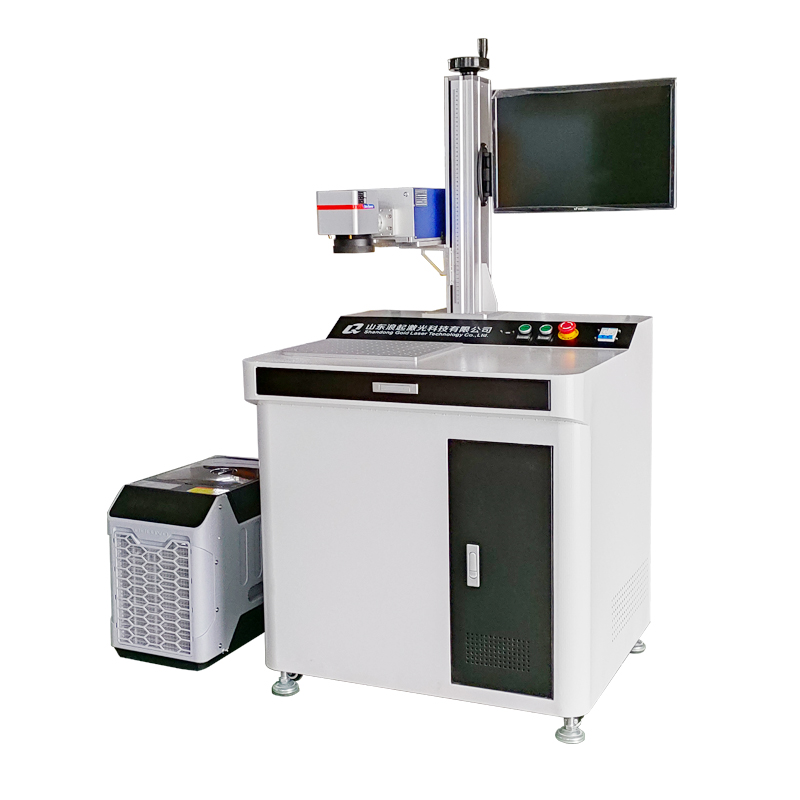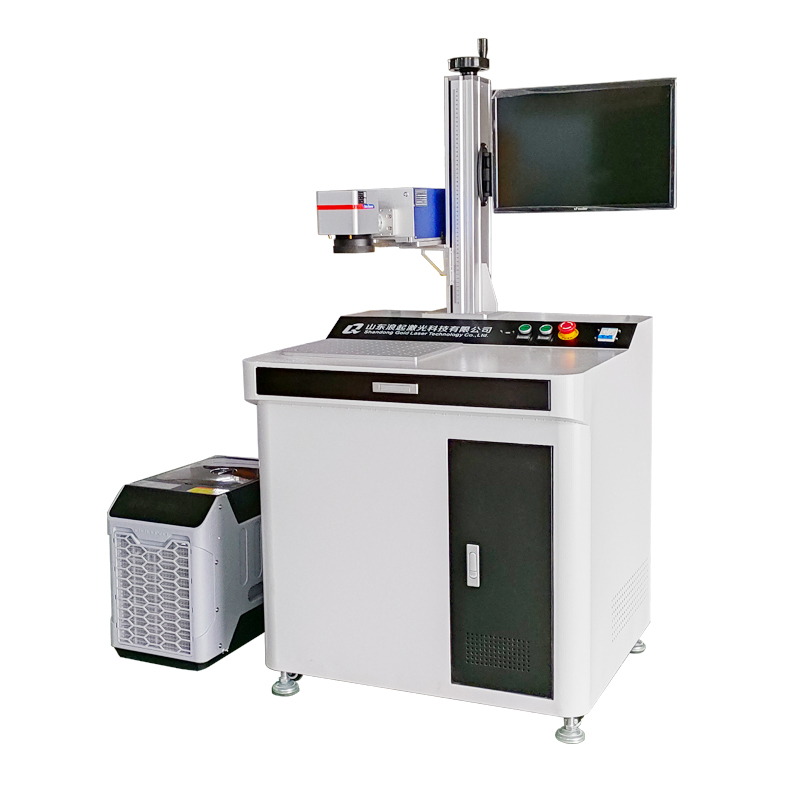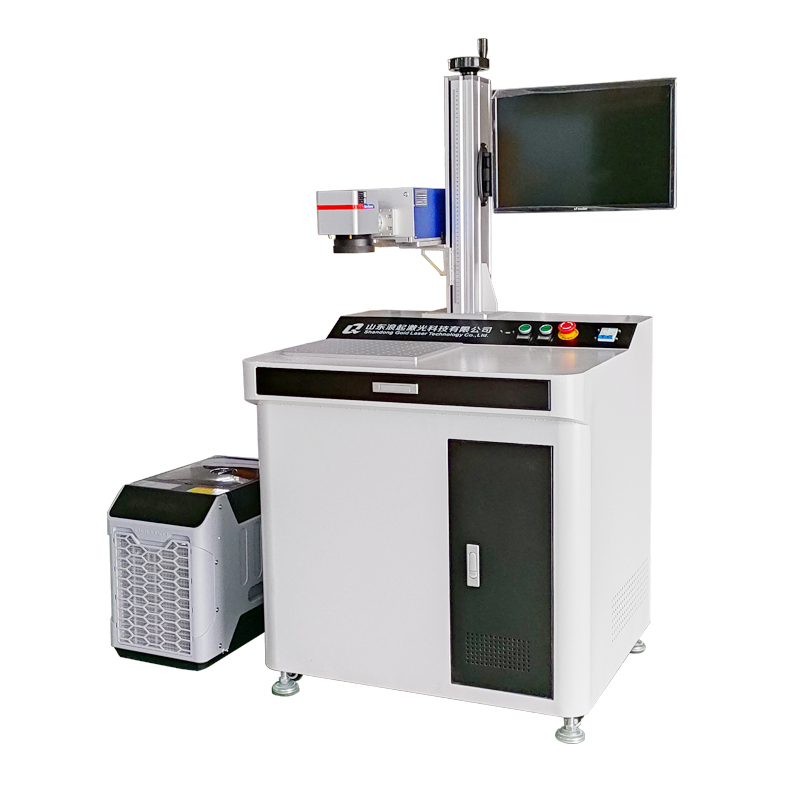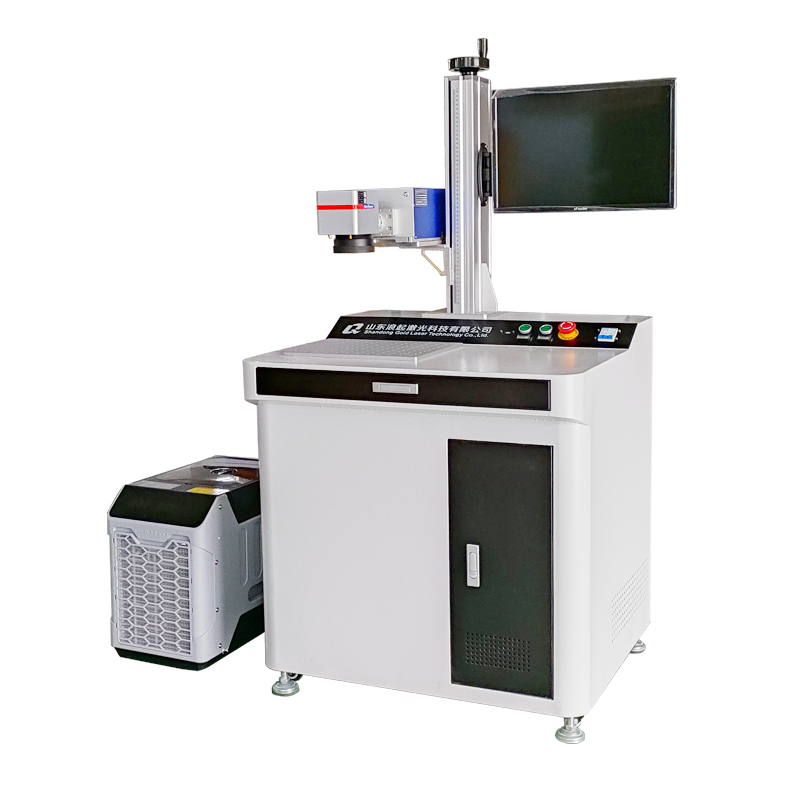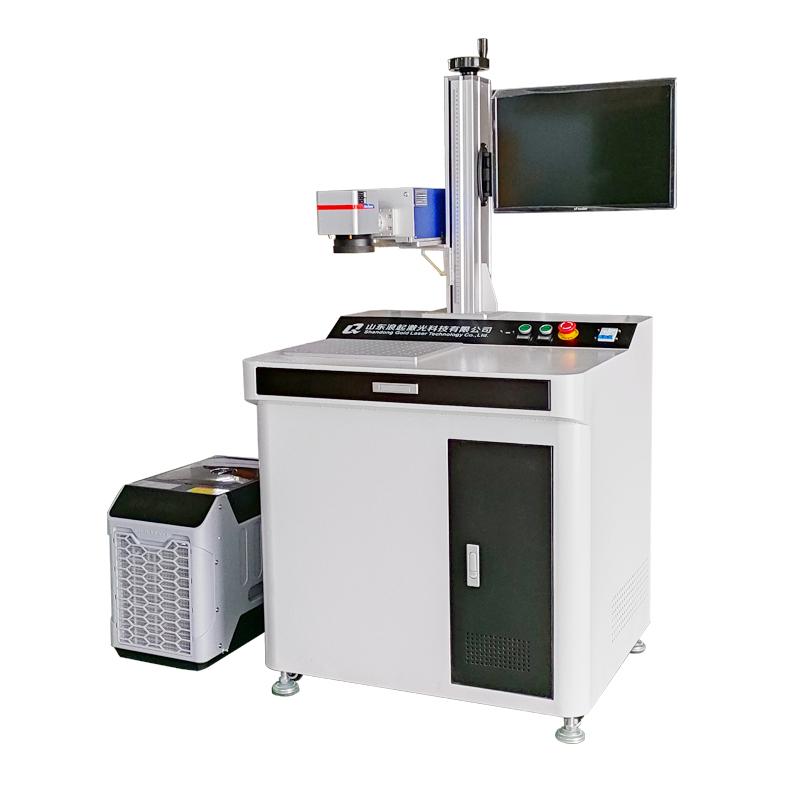- Core Principle: Why UV Lasers are Ideal for Glass
- Marking Effects on Different Glass Types
- 1. Soda-Lime Glass (Most Common)
- 2. Borosilicate Glass (Heat-Resistant)
- 3. Quartz Glass (Fused Silica)
- 4. Tempered (Toughened) Glass
- 5. Alumino-Silicate Glass (Chemically Strengthened)
- Comparison Table: UV Laser Marking on Glass Types
- Key Process Parameters to Control
- Safety Considerations
- Conclusion
Of course. This is an excellent topic, as UV laser marking has become the preferred method for creating high-contrast, permanent marks on glass without the thermal damage associated with traditional CO2 or fiber lasers.
Here is a comprehensive guide to UV laser marking on different kinds of glass material.
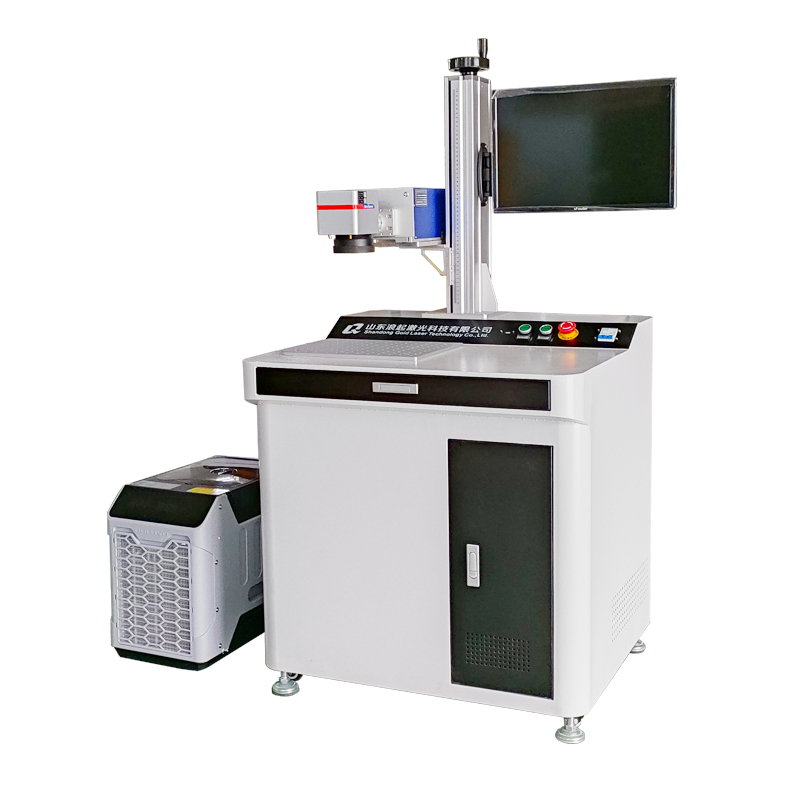
Core Principle: Why UV Lasers are Ideal for Glass
Traditional infrared (IR) lasers (like 1064nm Fiber lasers) use thermal energy to ablate or melt the material's surface. Glass, being a poor conductor of heat, is highly susceptible to micro-cracking and chipping from this thermal stress.
UV lasers (typically 355nm wavelength) work on a completely different principle: Cold Ablation or Photochemical Interaction. The high-photon-energy UV light has a wavelength that is readily absorbed by most materials, including glass. It breaks the molecular bonds in the material directly, vaporizing tiny particles without generating significant heat. This results in:
No thermal damage: Eliminates micro-cracks and internal stress.
High-contrast marks: Creates smooth, precise marks.
Extremely fine detail: Ideal for small fonts, logos, and Data Matrix codes.
Marking Effects on Different Glass Types
The chemical composition of the glass significantly influences the marking result. Here’s a breakdown:
1. Soda-Lime Glass (Most Common)
Description: Used for windows, bottles, containers, and most everyday glassware. Contains sodium oxide and calcium oxide.
Marking Effect: UV lasers typically produce a frosted or etched effect. The laser micro-ablates the surface, creating a finely textured area that scatters light, making it appear white and opaque against the transparent background. This offers excellent contrast.
Application Example: Marking expiration dates, logos, and batch codes on pharmaceutical vials and beverage bottles.
2. Borosilicate Glass (Heat-Resistant)
Description: Known for its low thermal expansion and high resistance to thermal shock (e.g., Pyrex®, lab equipment, cookware, sight glasses). Contains boron trioxide.
Marking Effect: Similar to soda-lime glass, but often requires slightly different parameter settings due to its different composition. It yields a high-quality, clean frosted mark. The mark is very durable and can withstand high temperatures and chemical cleaning.
Application Example: Permanent serial numbers on laboratory beakers and flasks, QR codes on medical device components.
3. Quartz Glass (Fused Silica)
Description: Very high purity, excellent thermal stability, and high UV transparency. Used in semiconductor, optical, and UV lamp applications.
Marking Effect: Marking quartz is more challenging because it is designed to transmit UV light. However, with high enough power density (peak power), a UV laser can still create a surface modification. The mark may be less contrasting and more of a subtle, shallow etch rather than a frosted white mark. It requires precise parameter tuning.
Application Example: Identifying optical components and semiconductor wafers.
4. Tempered (Toughened) Glass
Description: Treated with thermal or chemical processes to induce surface compressive stress, making it stronger.
Important Consideration: Extreme caution is required. Laser marking on tempered glass can disrupt the stress equilibrium, potentially causing the entire piece to shatter unpredictably. This is generally not recommended. If it must be done, it requires very low power settings and extensive testing. Annealed (non-tempered) glass is always the safer choice for laser marking.
5. Alumino-Silicate Glass (Chemically Strengthened)
Description: Used for smartphone screens, aircraft windows, and other high-strength applications. Strengthened by ion exchange.
Marking Effect: Similar to tempered glass, there is a risk of compromising the strengthened surface layer. However, with a low-power UV laser and careful parameter control, it is possible to create very shallow, high-contrast marks without causing cracks. This is a specialized application.
Comparison Table: UV Laser Marking on Glass Types
| Glass Type | Primary Composition | Typical Marking Effect | Key Considerations |
|---|---|---|---|
| Soda-Lime Glass | Sodium Oxide, Calcium Oxide | High-contrast frosted white mark. | Easiest and most common type to mark. Excellent results. |
| Borosilicate Glass | Boron Trioxide | Clean, durable frosted mark. | Highly durable mark, resistant to heat and chemicals. |
| Quartz Glass | Silicon Dioxide (Fused Silica) | Subtle, shallow etch (lower contrast). | Challenging due to UV transparency. Requires high peak power. |
| Tempered Glass | (Varies, but with stress layer) | High risk of shattering. | Generally not recommended. Use annealed glass if possible. |
| Alumino-Silicate | Aluminum Oxide | Shallow, high-contrast mark (if successful). | High risk of cracking. Requires expert parameter tuning. |
Key Process Parameters to Control
To achieve the desired mark, operators adjust these parameters in the laser software:
Laser Power: Determines the energy delivered to the surface. Too high can cause cracks (even with UV); too low results in a faint mark.
Marking Speed: How fast the laser beam moves. Slower speed means more energy deposited per unit area, creating a deeper/darker mark.
Pulse Frequency (Hz): The number of laser pulses per second. A lower frequency creates a "dot-peck" effect, while a higher frequency creates a smoother, more continuous line.
Fill Spacing (Hatch Distance): The distance between parallel scan lines when filling an area. Smaller spacing creates a denser, more opaque frosted effect.
Number of Passes: Repeating the marking cycle over the same path. Multiple passes at lower power can sometimes yield better results than a single high-power pass.
Safety Considerations
Laser Safety: Always use appropriate laser safety glasses rated for 355nm wavelength.
Fume Extraction: The ablation process creates very fine glass dust and fumes. A high-quality fume extraction system is mandatory to protect the machine optics and the operator's health.
Eye Protection: Even scattered UV radiation can be harmful.
Conclusion
UV laser marking is the superior technology for creating high-quality, permanent marks on glass. Its cold ablation process prevents the cracking issues seen with IR lasers. The specific result—whether a stark white frosted mark or a subtle etch—depends heavily on the type of glass and the careful optimization of laser parameters. For common glasses like soda-lime and borosilicate, the process is robust and reliable. For specialized glasses like quartz or tempered glass, it requires significant expertise and caution.

